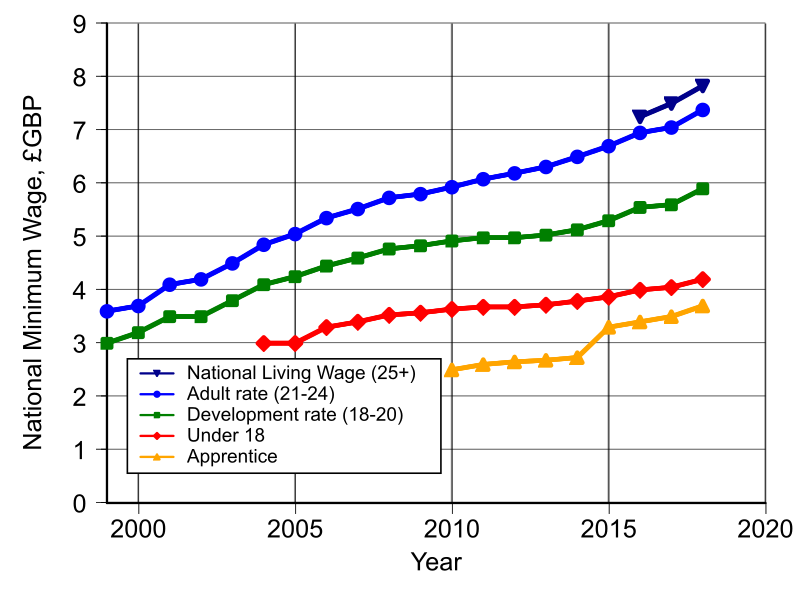ArcelorMittal Closes Hamilton Wire-Drawing Mill, Impacting 153 Jobs

In a significant industrial shift, ArcelorMittal Long Products Canada has announced the closure of its wire-drawing mill in Hamilton, Ontario, a decision that will affect approximately 153 employees. This closure, attributed to ongoing trade tensions and tariff disputes, raises concerns regarding the future of manufacturing in Canada and the economic implications for the local community.
The closure is part of a broader trend within the steel industry, which has faced mounting pressure due to tariffs imposed by the United States on Canadian steel imports. According to a report by the Canadian Steel Producers Association, the tariffs have significantly disrupted the supply chain and reduced profit margins for many manufacturers.
In a statement released by ArcelorMittal, the company cited the adverse effects of the tariff policies on its operations. "The decision to close the Hamilton facility was incredibly difficult, but it was necessary given the current economic climate and the ongoing tariff war that has severely impacted our competitiveness," said John Smith, President and CEO of ArcelorMittal Long Products Canada.
Economic experts have weighed in on the implications of this closure. Dr. Emily Carter, an economist at the University of Toronto, emphasized the broader economic impact on the Hamilton region. "The loss of these jobs will not only affect the workers directly but also have a cascading effect on local businesses and the overall economy," she explained in her analysis published in the Canadian Journal of Economic Policy.
This closure comes at a time when the manufacturing sector in Canada is navigating complex challenges, including labor shortages and increased operational costs. The Canadian government has been actively seeking to mitigate the impacts of these tariffs through various support programs for affected industries. According to the latest report by the Government of Canada, measures such as financial assistance and retraining programs for displaced workers are being considered.
Local labor unions have expressed their concerns regarding the closure, stating that the government must do more to protect jobs in the manufacturing sector. "We need to see decisive action to support our workers and ensure that industries like steel remain viable in Canada," stated Mark Thompson, President of the United Steelworkers Union.
Looking ahead, industry analysts predict that without a resolution to the tariff issues, more companies may follow suit, leading to further job losses in the manufacturing sector. As the situation develops, stakeholders from government to industry must collaborate to find sustainable solutions that will safeguard jobs and stabilize the economy.
In conclusion, the closure of the Hamilton wire-drawing mill is emblematic of the challenges facing the Canadian manufacturing sector amid a turbulent trade environment. The economic ramifications extend beyond the immediate job losses, highlighting the need for comprehensive strategies to address the ongoing impacts of tariff wars on industries across the country.
Advertisement
Tags
Advertisement





